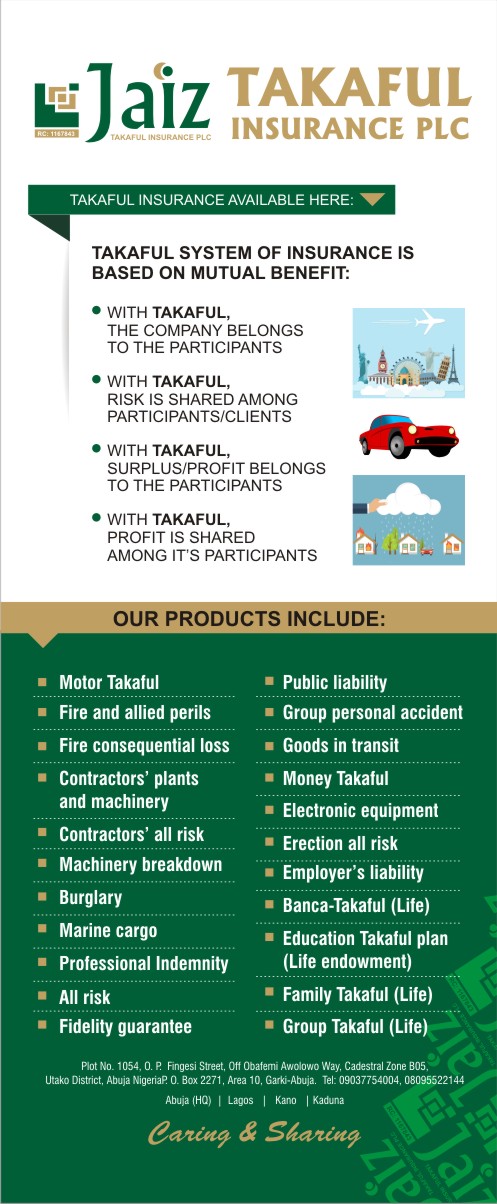
By Samirah Abdu-Aguye and Samuel Oyejola
Imagine this. You walk into a Pharmacy to buy some medicine for your child. You are in a hurry, and don’t have time to listen to what the pharmacist is saying as he/she hands you the medicine. But you are not worried because you know that you can always read the instructions provided by the manufacturers on or in the package of the medicine when you get home. You get home, read the instructions and find out that you are supposed to give your child one dessertspoonful of the medicine. If you are like me and many other Nigerians, your first question is likely going to be what is a dessertspoonful?
Clearly written and well-presented information on medicine packs has been shown to be crucial in ensuring the proper use of medicines. It is even more important within the Nigerian context because there is a widespread culture of self-medication within the country. Medicines to be used in children especially should contain clearly written and simple to follow instructions, since they are more prone to experiencing dose related side effects because their bodies are still developing. However, this does not seem to be the case with several of these medicines sold within the country, based on the findings from a recently published survey.
“I once bought an anti-malarial drug for my daughter, got home and realized that there were no instructions on how to mix the medicine either on or in the pack. In addition, while I knew (as a pharmacist) that I was to mix the suspension only to the 80ml mark, the bottle had markings up to 100ml…this got me thinking about how easy it would be for a parent (due to no fault of theirs) to make several types of mistakes while using this medicine for their child” said Ms. Abdu-Aguye. This was what motivated her and her co-authors to find out whether important information necessary for proper use was being included on the packs of children’s medicines sold within the country, and how exactly this information was presented.
For their study, the authors visited pharmacies and patent medicine shops located all over Kaduna state, and collected information from the packs of all of the 200 different types of children’s medicines that they saw. On the bright side, they found out that most of these drugs had expiry dates and National Agency for Food and Drug Administration and Control (NAFDAC) registration numbers written on their packs. Many of them also contained additional printed information written on paper that was included inside these packs. Worryingly however, they also discovered some potential problems.
The first one was the outright absence of key safety information on some packs. “For example, when children have colds or cough, many parents buy cough syrups to help soothe their little ones. The thing is, many of these syrups also contain paracetamol- a pain killer-to take care of any pain or fever that these kids might also be suffering from”. It is therefore important that the packs of these medicines have clearly worded and visible instructions for parents stating that they already contain paracetamol and should not be used together with other paracetamol-containing medicines. This is to prevent parents from giving their wards additional doses of paracetamol, potentially overdosing their children with the drug.
They also reported that the presentation of information on many of these packs was poor, leading to reduced visibility of important information. On many packs important proper usage instructions like “Shake the bottle before every use” were written in text that was the same font size and/or color with surrounding information. She explained further “when you want information to be easily visible, you have to make it stand out from its surrounding text…This is why Microsoft word and other word processing packages give you options to bold, italicize or color text”. They also found out that in many cases, important instructions like how to mix powdered medicines for children were written as sentences in paragraph form, instead of being represented in picture format or broken down into simple steps with the aid of numbers or bullet points. “Breaking down complex instructions into steps is a guaranteed way of getting people to properly follow the flow of any type of information. This increases the chances that they will correctly do whatever it is that is required”.
Finally, they also found out that almost half of the packs they came across contained instructions allowing teaspoons or tablespoons to be used when measuring out doses. “A simple survey of most households will reveal that even within the same house, no two spoons are of the size. It is therefore important that dosing instructions do not encourage the use of household spoons to measure out doses as this could lead to parents giving their children too much or too little medicine”.
Generally, their study findings seem to suggest that NAFDAC needs to develop detailed, more comprehensive and standardized regulations for the presentation of information on the packs of children’s medicines, and also ensure proper manufacturer compliance with these guidelines. This is important because it will help ensure that you too do not return from work one evening to find out that you don’t know what a dessertspoonful is….
This Report is sponsored by the African Science Literacy Network (ASLN)







